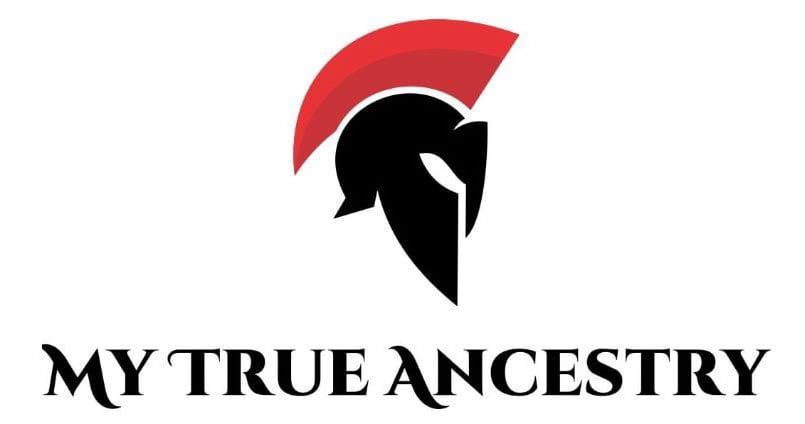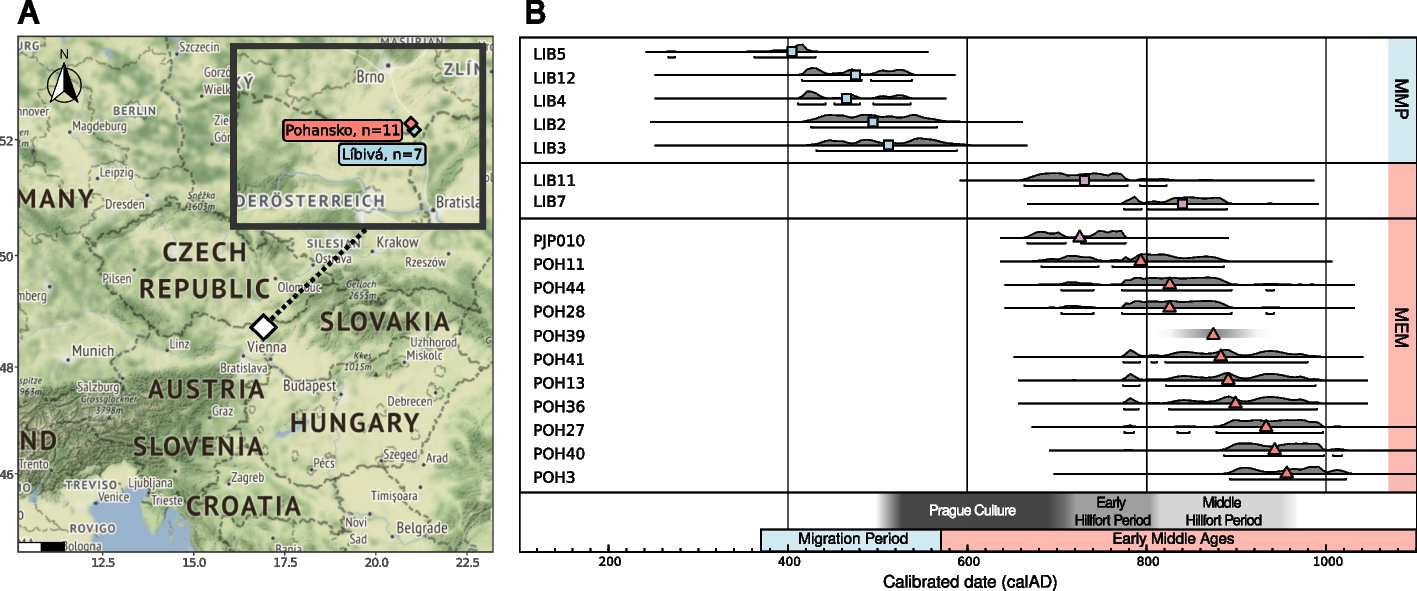Unveiling the Slavs: Ancient DNA Illuminates Shifts in Moravian Populations





Exciting Discoveries from Ancient Genomes in South Moravia
The unearthing of ancient genomes has opened a thrilling window into our past, casting new light on the shadowy corridors of early European history. One of the most captivating chapters in this unfolding story comes from South Moravia, an area rich in archaeological significance. This region is a mosaic of history, where various peoples have left their mark over the centuries, creating a fascinating tapestry of cultural evolution and demographic transformation.
Our journey begins at two significant burial sites located in this historic landscape—Líbivá and Pohansko. These sites, dating from around the fifth to the tenth century CE, hold the secrets of people's lives and transitions during the era when South Moravia emerged as a hub of Slavic culture. Archaeologists have uncovered 18 individual genomes from these sites, directly linking them to the culture associated with the early Slavs.
Líbivá showcased inhumations primarily linked to the fifth century, depicting elements of a diverse and multicultural population during the Migration Period. The site revealed a landscape dotted with pits, sunken houses, and settlement graves, painting a portrait of a society in flux. Meanwhile, Pohansko stood out as a fortified settlement, an epicenter of strategic significance in Moravian affairs, inhabited since the sixth century and serving as a crucial bulwark of the emerging Slavic realm.
Genetic data from archaeological remains has transformed our understanding of migration, identity, and belonging. Seeing where your DNA overlaps with those findings can offer a new, personal lens on human history — explore it at www.mytrueancestry.com.
Among the most significant findings is the discovery of the earliest known inhumation associated with early Slavic culture. Sample PJP010, a newborn child found at Pohansko, dates between the seventh and eighth century CE. This child's burial within a strategically vital fortified settlement underscores the socio-cultural dynamics of the era and provides rare material evidence of Slavic presence during this transformative period.
Through meticulous low-depth whole-genome sequencing, researchers detected a dramatic genetic shift in South Moravia between the fifth and seventh centuries CE. The fifth-century Migration Period individuals displayed exceptional genetic diversity, ranging from Mediterranean to Scandinavian influences, creating a true genetic kaleidoscope. This contrasted sharply with the more homogeneous group of Early Medieval samples, which clustered more closely with present-day Eastern European populations, particularly Polish and Ukrainian genetics.
The integration of cultural artifacts played a crucial role in connecting these individuals to broader Slavic-speaking migrations. Prague-type pottery, seen as a key cultural identifier of early Slavs, emerged alongside other grave goods that ranged from household items to symbols of status and trade. These physical remnants provide tangible evidence of the dynamic exchanges and cultural transmissions that these ancient communities engaged in.
The intertwining of cultural elements like Prague-Korchak pottery with genetic findings underscores a period brimming with vibrant exchange and movement. Despite the era's primary use of cremation as a funerary rite, the archaeological layers in Moravia painted a vivid picture of past societies and their complex interactions.
The genomic evidence suggests that the spread of Slavic culture and language was tightly intertwined with the movement of people across Europe, rather than merely representing cultural assimilation of local populations. This challenges previous theories emphasizing gradual integration and points instead toward large-scale demographic transitions driven by human migration.
The genetic narratives painted a picture of stark differentiation and discontinuity, refuting notions of gradual transitions or mere social changes in identity. The data strongly suggested that population movement was the primary driving force behind Slavic expansion in Moravia, with Slavic groups appearing as newcomers who brought with them a genetic lineage distinct from their predecessors.
Pohansko was more than just a settlement; it functioned as a strategic nucleus of the Moravian Slavic principality and a melting pot of cultural influences. The fortified nature of this site tells us about complex interactions between different groups and the vital role of trade and military strategy in shaping early medieval societies. The cohesiveness of these archaeological stories with genomic data enriches our understanding of cultural transitions during this dynamic time.
Notable individuals like LIB7 and LIB11, dated to the seventh and eighth centuries, emerged as pivotal figures linked with the Prague-Korchak culture. Their genetic makeup shows clear connections to modern North-Western Europeans, spanning Polish, Lithuanian, and earlier Slavic ancestry, thus painting a vivid genetic landscape of the early Moravian Slavs.

Discover how your DNA connects to ancient civilizations at www.mytrueancestry.com.
Comments